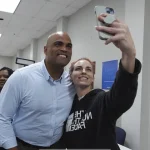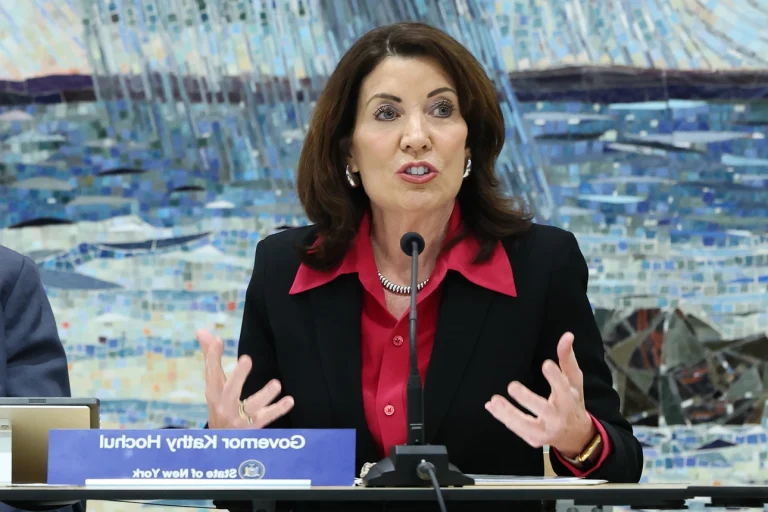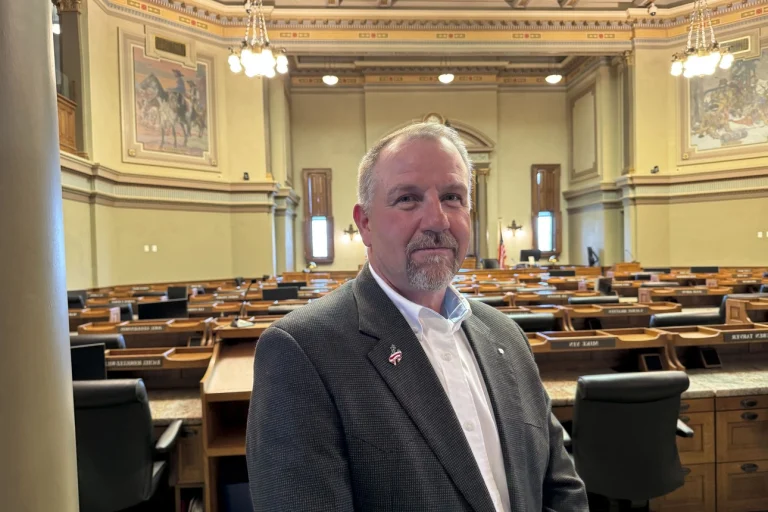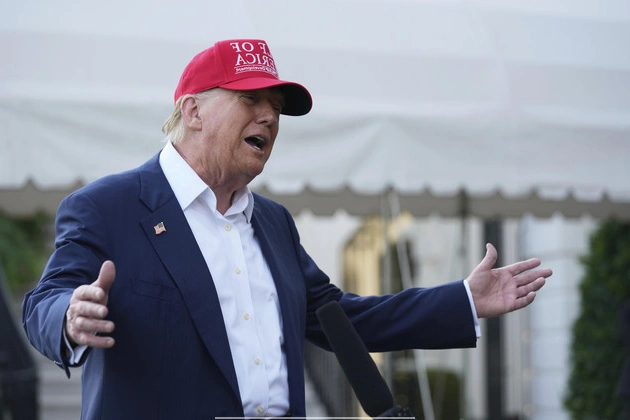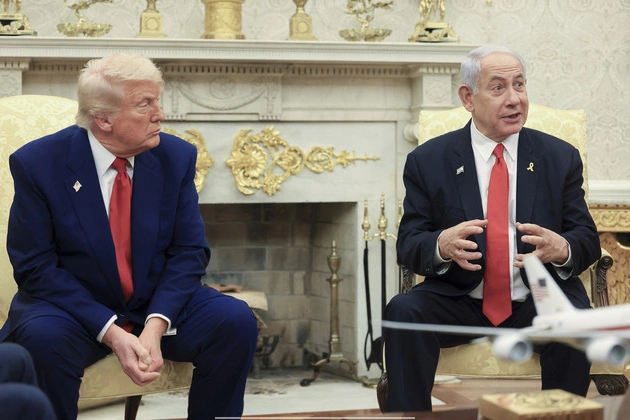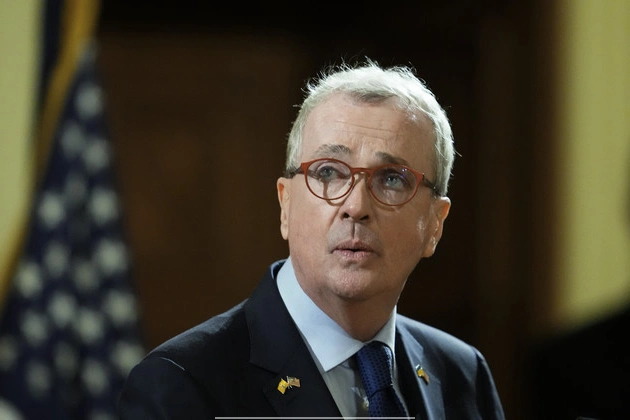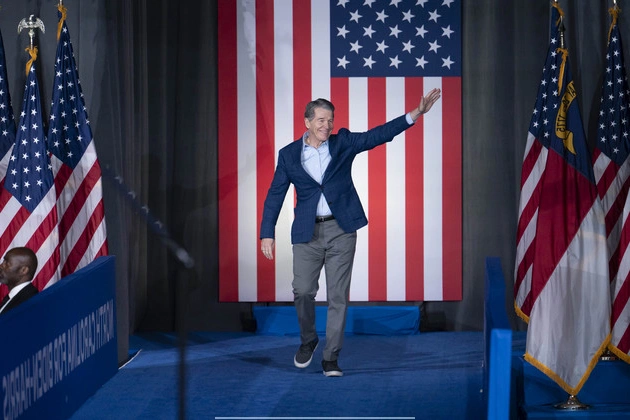
Introduction
As governors grapple with seismic shifts in federal policies, the landscape of state governance is undergoing profound changes. The intricate interplay between state and federal dynamics has created a nuanced environment where political decisions carry significant weight.
Cooperation vs. Resistance
For Democratic governors, the dilemma of cooperation versus resistance to the Trump administration remains a central issue. Balancing the demands of the party’s progressive base with the need for constructive engagement poses a complex political challenge.
Trade Policy Impacts
Trump’s tariff threats and protectionist stance have reverberated through state economies, prompting governors to navigate the repercussions. The delicate balance between upholding state interests and aligning with federal trade policies underscores the intricacies of state-federal relations.
Abortion Policy Fragmentation
The aftermath of Roe v. Wade’s fall has spurred a patchwork of abortion policies across states, straining the notion of state sovereignty in deciding reproductive rights. Governors confront the task of defining the boundaries of state experimentation while addressing the federalism implications.
Immigration Challenges
State responses to immigration policies under the Trump administration have showcased a spectrum of approaches, from resistance to alignment. The economic and political ramifications of supporting federal deportation efforts raise critical questions for governors across party lines.
Federal Spending Cuts
The impact of federal spending cuts orchestrated by the Trump administration poses significant challenges for state governments reliant on federal support. Governors must evaluate the implications of downsizing federal agencies on state operations and services.
AI in Government
The integration of artificial intelligence into state government operations presents both opportunities and risks. Governors face the task of overseeing ethical AI practices while leveraging the potential efficiencies AI offers amidst fiscal constraints.
Conclusion
The evolving landscape of state governance demands astute leadership from governors as they navigate complex policy terrains shaped by federal directives. The decisions made today will shape the trajectory of state-federal relations for years to come.




